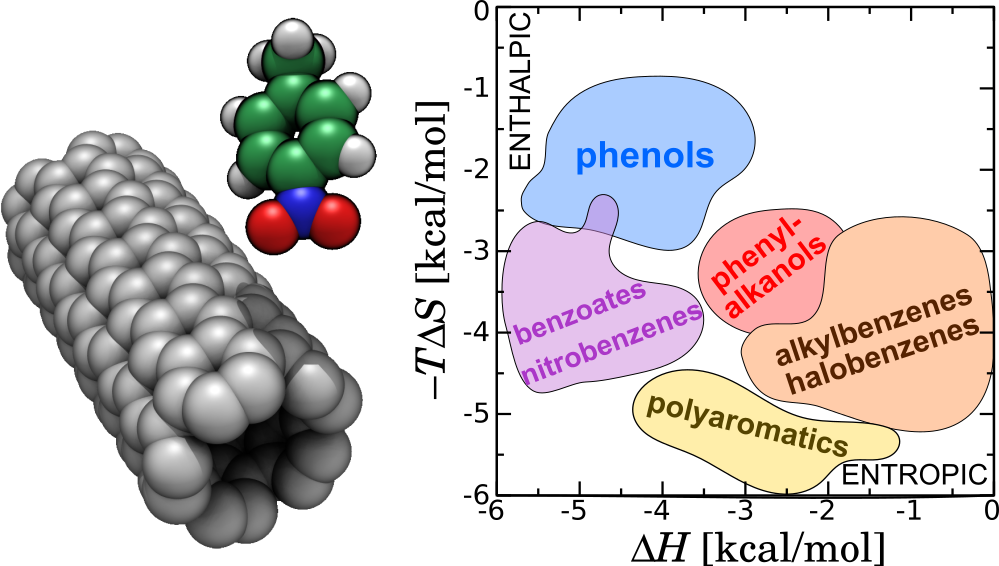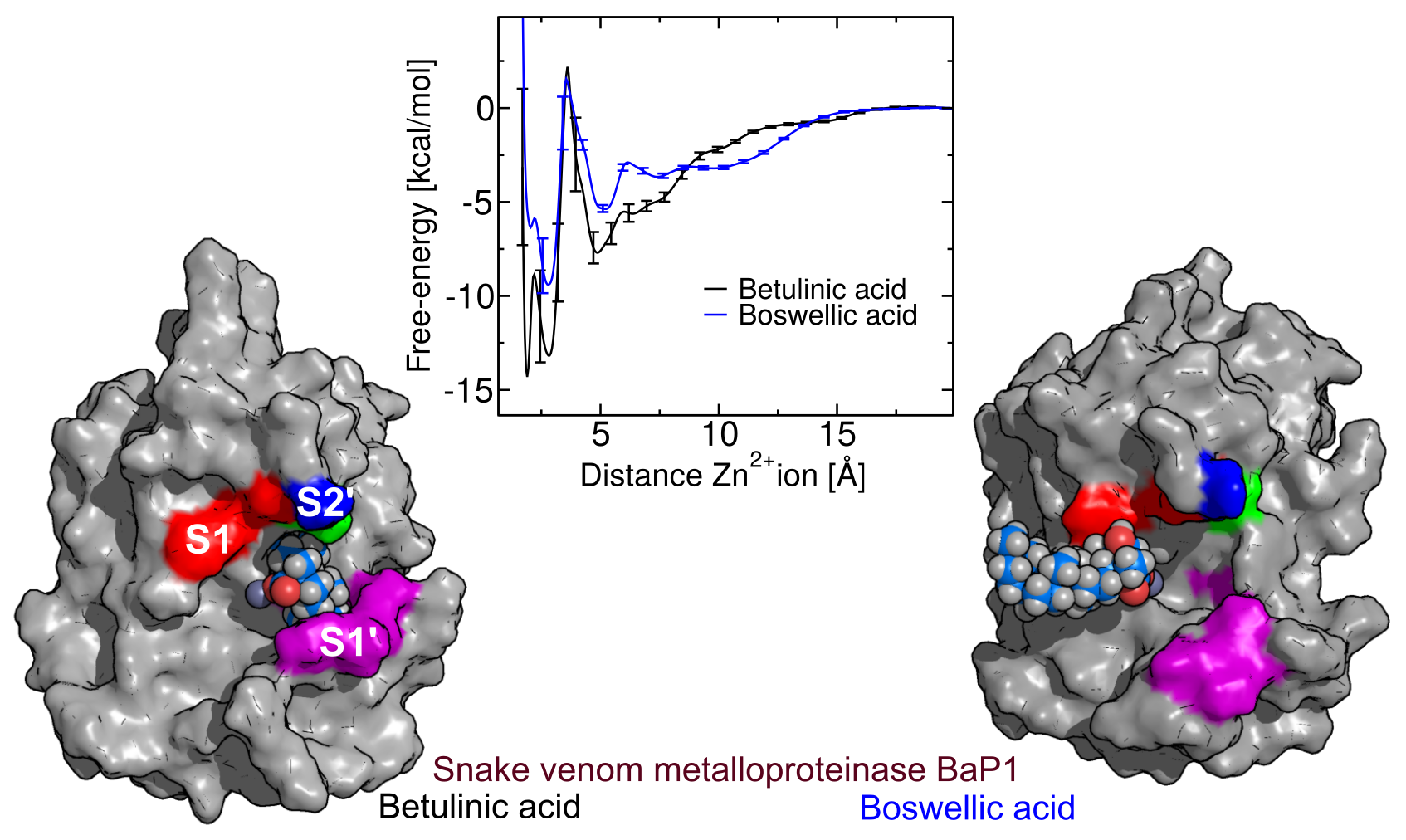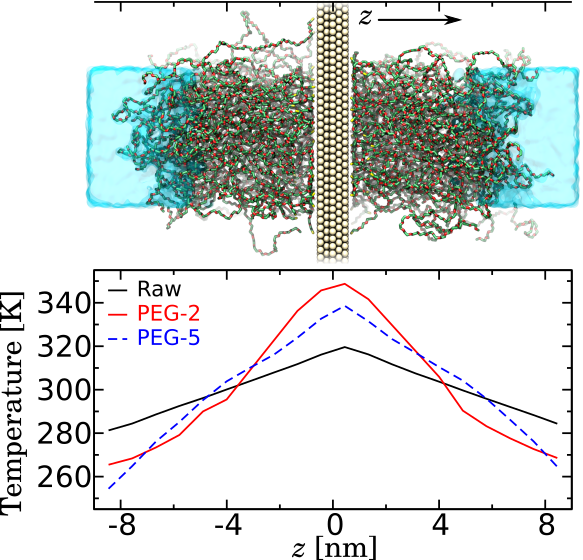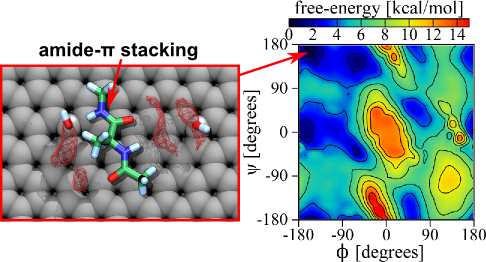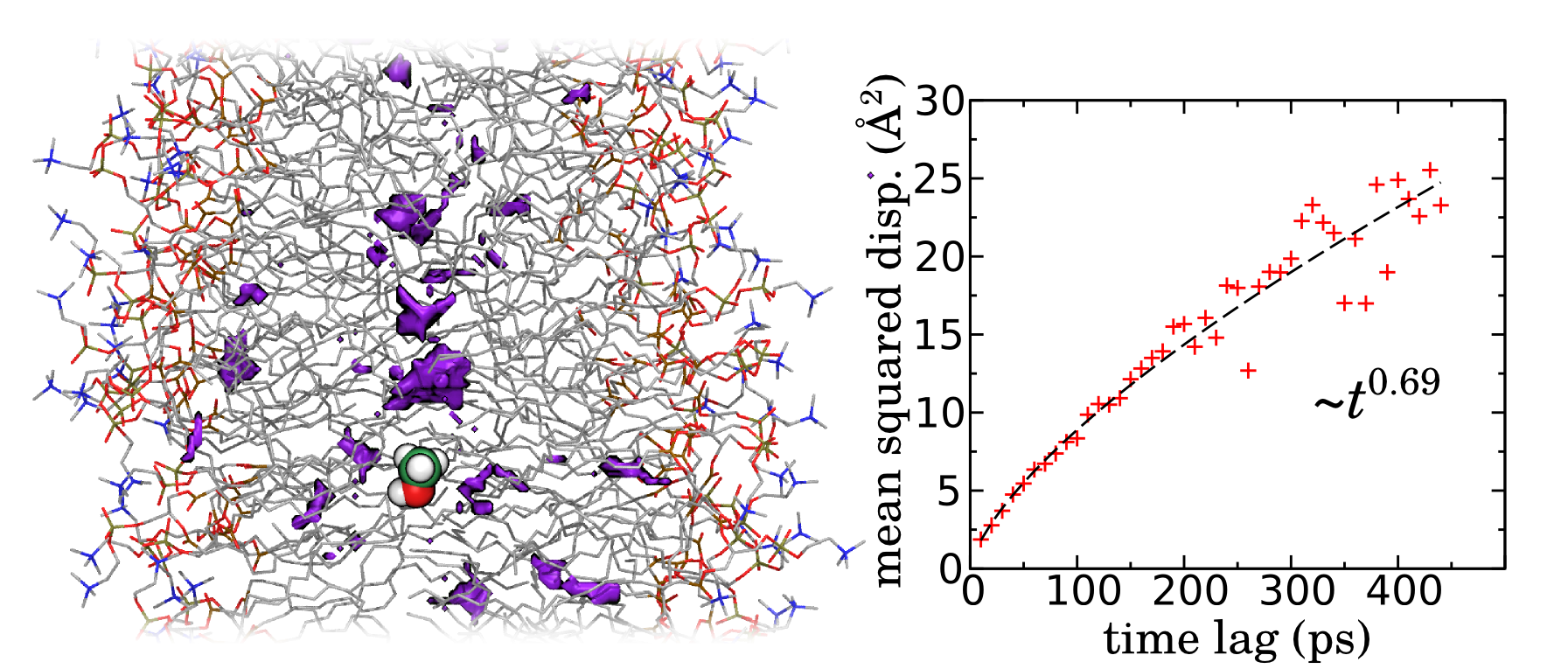News
Publication in Biophysical Journal on the fast inactivation of the Shaker potassium channel
Voltage-gated potassium channel proteins, like Shaker are essential for transmission of nerve signals. To transmit a signal, the potassium channel opens, allowing potassium ions to cross the cell membrane. The channel then rapidly closes, which begins the process that makes the neuron ready to relay the next signal. The rapid closing of Shaker is caused by the N-terminal region of the protein entering the pore of the protein and blocking the passage of ions. Different structures have been proposed for this N-terminal region. In collaboration with experimentalist Miguel Holmgren at the National Institute of Neurological Disorders and Stroke (NINDS, NIH), we performed simulations to understand how the N-terminal region might enter the pore of Shaker. The simulations show that a previously proposed β-hairpin structure is unlikely to fit in the pore and that the N-terminal “tail” enters the pore as a single strand in an unstructured conformation. The experiments of Dr. Holmgren's group support these results, suggesting contact between the residues at the tip of the N-terminus (residue 2) and the inner vestibule (residue 470). This study has been published in Biophysical Journal ( DOI: 10.1016/j.bpj.2019.06.008 ).
Posted: 31 Jul 2019
Publication in the Journal of Chemical Theory and Computation on the Thermodynamics of Adsoption onto Graphene and Carbon Nanotubes
Carbon nanotubes, graphene, and their derivatives find growing use in research, industry, medicine, and commercial products. Hence, there is an increasing need to study the behavior of these nanomaterials in living systems and the environment. In this study ( DOI: 10.1021/acs.jctc.8b00830 ) , we used molecular simulation and supplemented by analytical chemistry, to explore in detail the adsorption thermodynamics of a diverse set of aromatic compounds on graphenic materials, elucidating the effects of the solvent, surface coverage, surface curvature, defects, and functionalization by hydroxy groups.
Posted: 28 Dec 2018
Papers on Inhibitors of Snake Venom Toxins
Viperid snakebites are a major public health in some areas of Colombia. Lina María Preciado, a PhD student from the Universidad de Antioquia in Medellín, Colombia, brought her interest in discovering new treatments for tissue damage caused by these snakebites to the Comer Research Group, spending five months at Kansas State University. During her relatively short stay, Ms. Preciado learned to perform molecular simulation and free-energy calculations, which she applied to study interactions between candidate drugs and snake venom enzymes (metalloproteinases) that damage human tissue. This work has resulted in two recently published papers considering a set of triterpene compounds ( DOI: 10.3390/toxins10100397 ) and the flavonoid myricetin ( DOI: 10.3390/molecules23102662 ).
Posted: 24 Oct 2018
Study of Heat Conduction in Gold Nanoparticles Engineered for Cancer Treatment
In a technique known as hyperthermal therapy, raising tumors to high temperatures can help to eradicate cancer from the body. The Comer Research Group is collaborating with chemist Dr. Santosh Aryal and his group to develop gold nanoparticles that can target the tumor site that heat up when exposed to infrared light. These nanoparticles are coated with polymers to make them more compatible with living tissue and stay in the bloodstream longer. Dr. Comer used molecular simulation to reveal the structure of this coating and to calculate how coatings of different thicknesses conduct heat. The results of this study were recently published in the journal Nanoscale ( DOI: 10.1039/C8NR03026J ).
Posted: 31 May 2018
New Paper on Peptide–Graphene Interaction
In a paper just published in Journal of Physical Chemistry B as part of the Klaus Schulten Memorial issue, we have determined the effect of the graphene–water interface on protein backbone structure ( DOI: 10.1021/acs.jpcb.7b01130 ). This work was done by postdoc Dr Horacio Poblete and Dr Jeffrey Comer with additional calculations performed by visiting student Ingrid Miranda-Carvajal. We appreciate Ingrid's contribution to our work during her 6-month stay at in the Comer Lab at Kansas State University.
Posted: 20 Mar 2017
Input Examples Available for DiffusionFusion
The Comer Group's code for calculating position-dependent diffusivity from molecular dynamics trajectories, available on our GitHub page, now includes example inputs. The approach implemented by DiffusionFusion has been described in several publications, including DOI: 10.1021/ct300867e and 10.1038/srep35913.
Posted: 20 Dec 2016
Paper Published on Anomalous Diffusion in Drug Permeation through Membranes
In a paper just published in Scientific Reports ( DOI: 10.1038/srep35913 ), Dr Comer and collaborator Dr Christophe Chipot demonstrated that diffusion of methanol within a pure lipid bilyaer membrane exhibits subdiffusion.
Posted: 02 Nov 2016
Amercican Chemical Society 51st Regional Meeting
At this meeting in Manhattan, Kansas, group members Dr Jeffrey Comer and Dr Horacio Poblete gave talks entitled “Unpacking the thermodynamics of small solute adsorption on carbon nanomaterials” and “New insights into conformational equilibria of proteins absorbed to graphene and graphene oxide.”
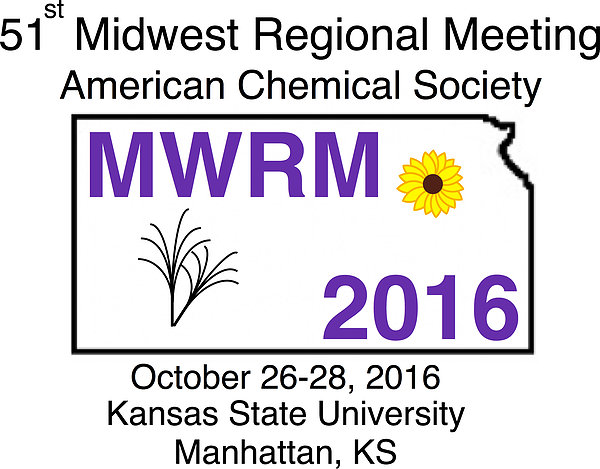
Posted: 28 Oct 2016
60th Biophysical Society Meeting
Group members Dr Horacio Poblete and Dr Ariela Vergara-Jaque presented posters at the Biophysical Society Meeting in Los Angeles.
- Is the sodium monocarboxylate transporter (SMCT1) a protein involved in the apical iodide transport? Ariela Vergara-Jaque, Peying Fong, Jeffrey Comer
- New Insight into Peptide-Silver Nanoparticle Interaction: Deciphering the Role of Cysteine and Lysine in the Peptide Sequence. Horacio Poblete, Anirudh Agarwal, Suma S. Thomas, Cornelia Bohne, Ranjihkumar Ravichandran, Jaywant Phospase, Jeffrey Comer, Emilio I. Alarcon
Group members were coauthors on a third poster with our collaborator Dr Delany Torres
- Insights into the anion channel gating mechanism in Excitatory Amino Acid Transporters. Delany Torres-Salazar, Horacio Poblete, Aneysis Gonzalez, Ariela Vergara-Jaque, Susan G Amara and Jeffrey Comer
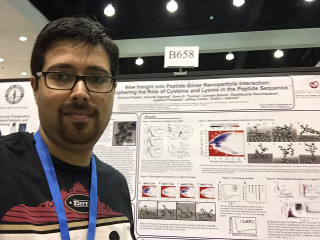
Posted: 28 Feb 2016
First International Conference in Bioinformatics, Simulation and Modeling in Talca, Chile
Group members Dr Jeffrey Comer, Dr Horacio Poblete, and Dr Ariela Vergara-Jaque gave talks at the First International Conference in Bioinformatics, Simulation and Modeling which took place in Talca, Chile.
- Predicting transport mechanisms in membrane proteins through the repeat-swap homology modeling technique. Dr Ariela Vergara-Jaque
- Molecular Dynamics as a Tool for Nanomaterial Design: Adsorption Affinities of Small Molecules on Carbon Nanotubes and Silver Nanoparticles. Dr Jeffrey Comer
- Membrane Remodeling in the Inward- and Outward- Facing Conformations of Amino Acid Transporters: From Coarse-Grained to Large-Scale Molecular Dynamics Simulations. Dr Horacio Poblete
Our group furthermore presented two workshops:
- Fast Free Energy Calculations of Binding to Surfaces. Dr Jeffrey Comer and Dr. Horacio Poblete
- Molecular Modeling of Membrane Proteins. Dr Ariela Vergara-Jaque
The materials used in these workshops will soon be available on our Tutorials page.
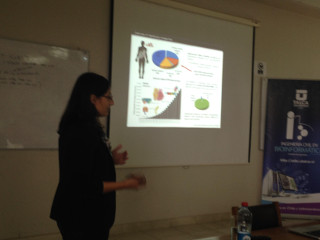
Posted: 06 Nov 2015

 Molecular dynamics simulation of the insertion of the N-terminal gating domain into the pore of Shaker.
Molecular dynamics simulation of the insertion of the N-terminal gating domain into the pore of Shaker.